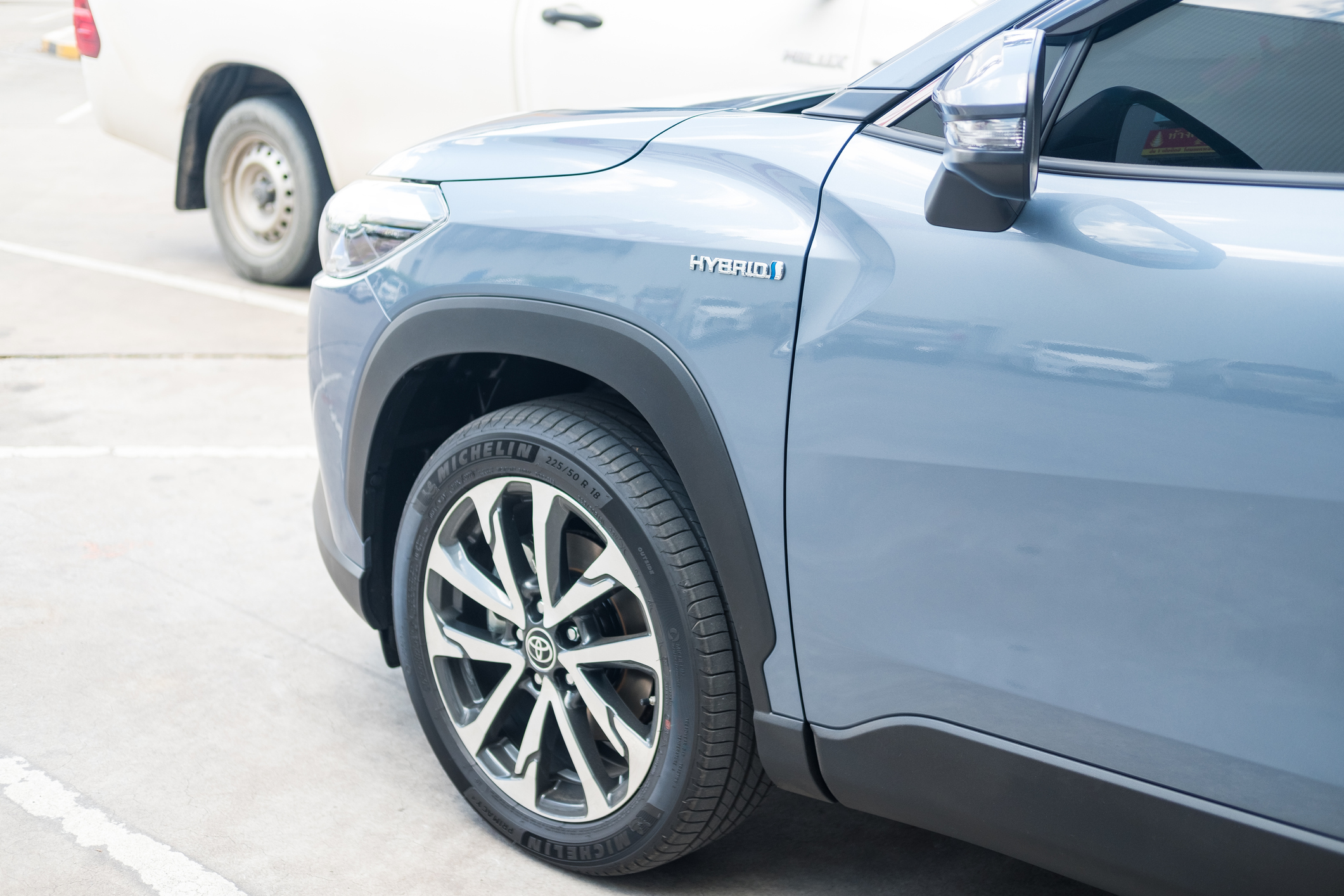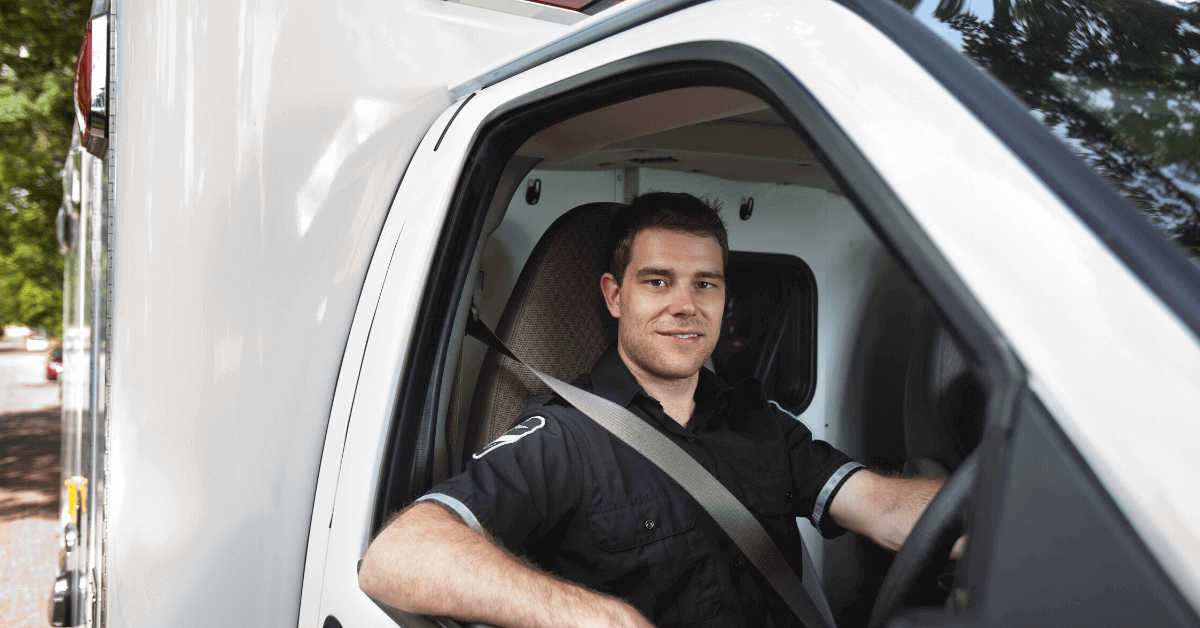
5 Tips for Small Business Fleet Management
Need to set up company cars for your small business? Here's a brief summary of what you need to know about small business fleet leasing – including leasing options, costs, safety and operational considerations.
Read More
Toyota moves to 100% hybrid on popular cars and SUVs
Toyota Australia has announced it will no longer sell petrol-only variants of RAV4 and all other models where hybrid-electric vehicles (HEVs) are available. This means petrol variants of Corolla and Camry sedans and the Corolla Cross, RAV4 and Kluger SUVs are no longer available.
Read More
Fringe Benefits Tax
If you’re an employee, you would want to pay less tax, and make your income work harder, correct? And if you’re an employer, you would want to attract and retain the best staff.
Read More
What is the FBT Exemption for Electric Vehicles and How Does It Work?
The Federal Government has passed a new bill to apply a Fringe Benefits Tax (FBT) exemption to certain zero or low emission vehicles. Under the pre-existing law, employers who provided a fringe benefit to an employee on an electric car were subject to FBT on the value of the benefit. The Treasury Laws Amendment (Electric Car Discount) Bill 2022 removes the FBT on eligible electric cars provided to employees by employers. This is good news for both employees and the environment.
Read More
Telematics Provides a Safe Solution for Sensitive Fleet Management
The ForceField Telematics platform is part of an integrated Toyota Fleet Management solution that is able to provide yourtown with more than just data. The ForceField Telematics platform provides valuable insights that enable further recommendations to improve both their fleet efficiency and fleet safety.
Read More
Should you give an employee a company car?
For those businesses with a fleet of vehicles, it is important to look at all your options. Before deciding on company car leasing for your employees, consider not only the vehicles available, but also the provider.
Read More
Why you should create an employee use of company vehicle policy?
In this article, we explore everything you need to know more about creating a company vehicle policy. We’ll also give you some handy tips and tricks to help keep your drivers as safe as possible.
Read More
What is fleet tracking?
If you have a fleet of commercial vehicles, then the Global Position System (GPS) fleet tracking is an essential element of your transport management operation. Discover why fleet tracking is important for your business.
Read More